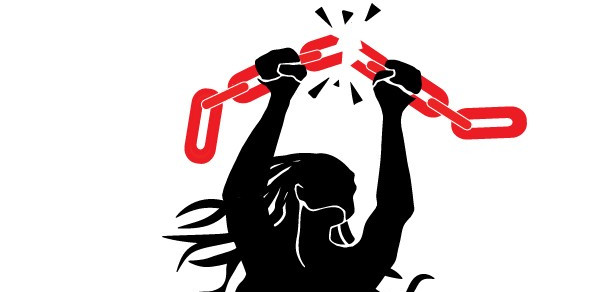Sunday, October 23, marks the ninth annual National Day of Action to End Violence Against Women Living With HIV, a campaign organized by the Positive Women’s Network–USA (PWN-USA).
The day of action aims to highlight the fact that women living with HIV are more likely to experience intimate partner violence than HIV-negative women. According to PWN-USA, 55% of women living with HIV have experienced intimate partner violence. In addition, women living with HIV are five times more likely to have posttraumatic stress disorder (PTSD) than the general population.
View this post on Instagram
This year, PWN-USA invited everyone to participate in an online event: the premiere of a short video and a live chat at 7 p.m., Sunday, October 23. The page for the Facebook event describes it as:
We will be watching, as a community, the first episode of our #PWNCares Sister Circle video series “Living & Loving Well with HIV” as we premiere this short video for an opportunity to have a live chat in the comment section. Featuring Tiommi Jenae Luckett, Venita Ray, and Teresa Sullivan. Women living with HIV experience intimate partner violence (IPV) at twice the rate of women in the general population, and women in abusive relationships are 48% more likely to acquire HIV. Hear from survivors of intimate partner violence and HIV and explore the intersections of HIV, IPV, and structural violence. Jump into the discussion that will follow the episode’s discussion guide.
National Day of Action to End Violence Against Women Living With HIV coincides with similar events in October, which is National Domestic Violence Awareness Month (#DVAM). The theme of this year’s DVAM is #WeAreResilient.
View this post on Instagram
PWN-USA describes itself as “a national membership body of women living with HIV and our allies that exists to strengthen the strategic power of all women living with HIV in the United States. Founded in 2008 by 28 diverse women leaders living with HIV, PWN-USA develops a leadership pipeline and policy agenda that applies a gender lens to the domestic HIV epidemic grounded in social justice and human rights.”
In related PWN-USA news, read “Roe Fell: Now What?” The opinion piece in POZ by co–executive director Naina Khanna details how the HIV movement finds its way now that abortion is no longer a constitutionally protected right in the United States.
In the below video from 2018, PWN-USA board and staff reflect on the group’s origin and future:
For more information about HIV and women, such as how the virus affects women differently than men and how HIV affects gynecologic health, see POZ Basics on HIV and Women.
National Women & Girls HIV/AIDS Awareness Day #NWGHAAD is a good time to remind everyone that #HIV does not impact all groups equally. Social determinants of health play a major role in the #HIV epidemic, and Black women are disproportionally affected. https://t.co/pjU9Eds0aY pic.twitter.com/qcRrfKkebI
— AIDSVu (@AIDSVu) March 11, 2022
In 2020, women represented 20% of new diagnoses in the United States, or one out of every five new cases of HIV. Women of color continue to be disproportionately affected by the epidemic. Additional data on the intersection of women and HIV are available on AIDSVu.org, which creates sharable graphics and maps based on HIV-related data.







Comments
Comments